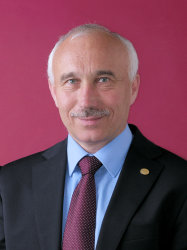BibTex format
@article{Rigby:2018:10.1038/s41567-018-0059-2,
author = {Rigby, A and Cruz, F and Albertazzi, B and Bamford, R and Bell, AR and Cross, JE and Fraschetti, F and Graham, P and Hara, Y and Kozlowski, PM and Kuramitsu, Y and Lamb, DQ and Lebedev, S and Marques, JR and Miniati, F and Morita, T and Oliver, M and Reville, B and Sakawa, Y and Sarkar, S and Spindloe, C and Trines, R and Tzeferacos, P and Silva, LO and Bingham, R and Koenig, M and Gregori, G},
doi = {10.1038/s41567-018-0059-2},
journal = {Nature Physics},
pages = {475--479},
title = {Electron acceleration by wave turbulence in a magnetized plasma},
url = {http://dx.doi.org/10.1038/s41567-018-0059-2},
volume = {14},
year = {2018}
}

